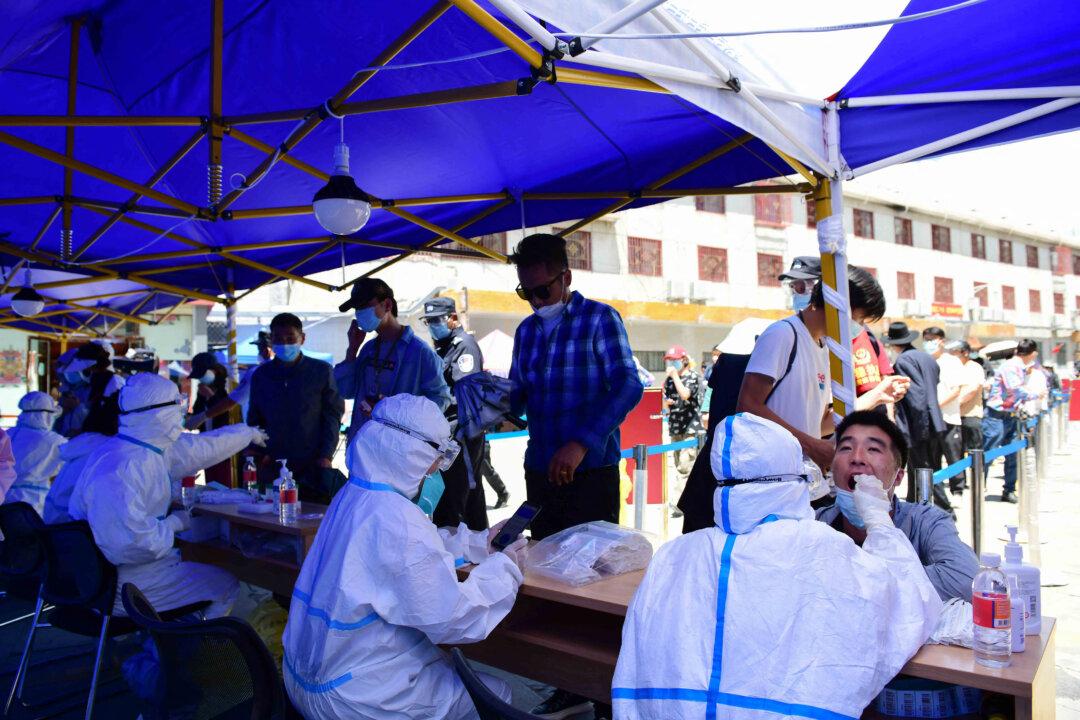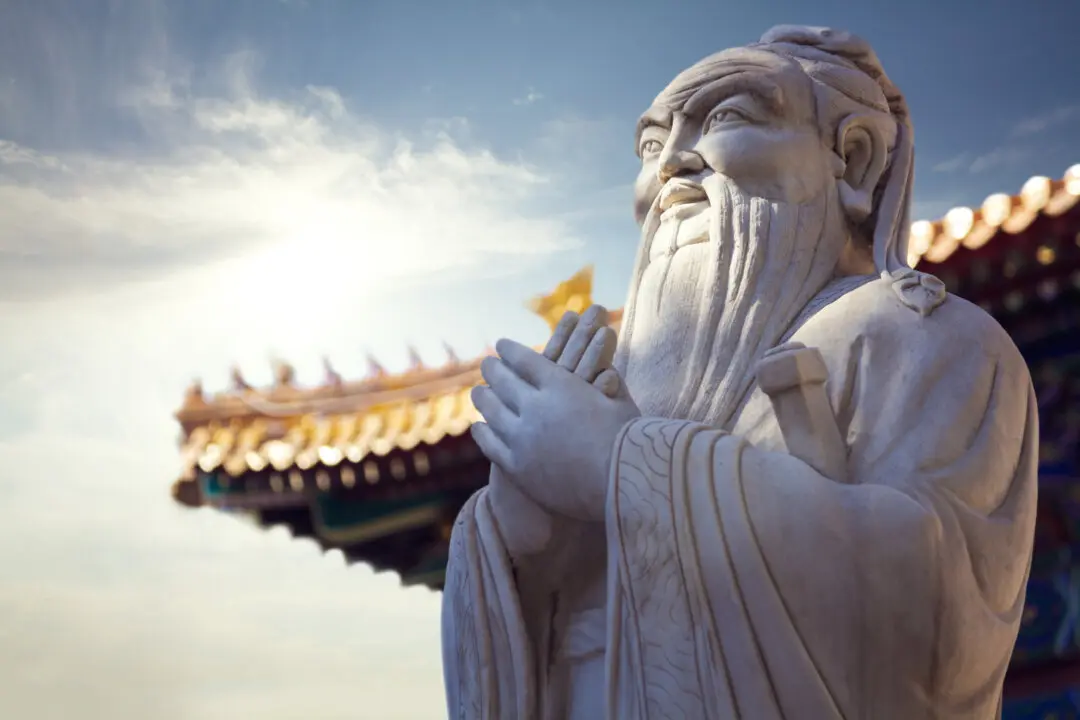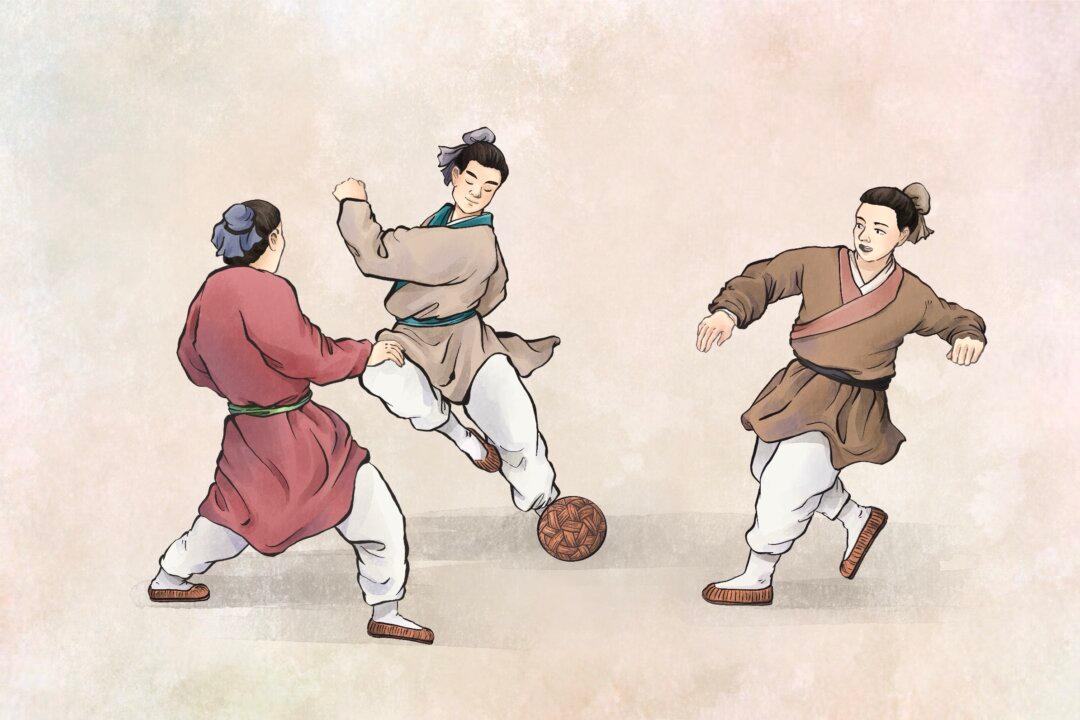A businessman in Tibet has blasted China’s communist party authorities for messing up in the region with its “zero-COVID” policies, describing China’s quarantine facilities as “concentration camps.”
China’s ruling communist party (CCP) have imposed stringent COVID-19 lockdown measures in Tibet since early August.





